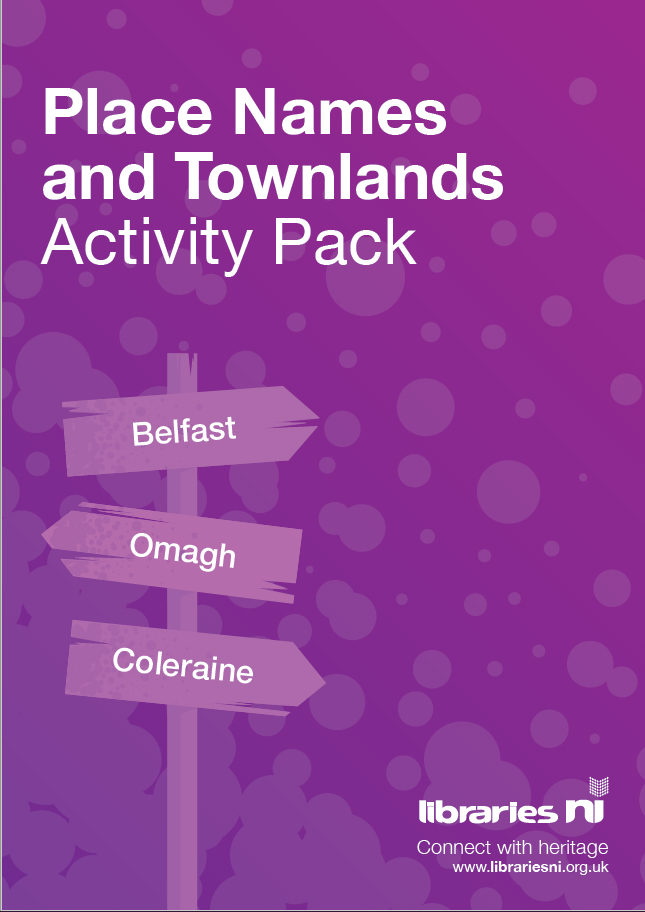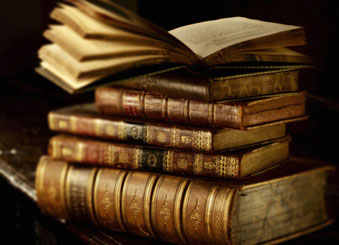Place Names and Townlands
Calling all young historians!
At Libraries NI we believe in the significance of connecting children with cultural heritage and encouraging them to think about their local history. Being a young historian can be an incredibly exciting experience, it involves delving into the past, uncovering hidden stories, and piecing together pieces of a puzzle!
Place names and townlands activity pack
Children are naturally curious and eager to explore and understand the world around them and one of the most effective ways to grow this, is to encourage them to research local history. For example, the town where they live or their address can be a starting point as place names and townlands are an important part of modern-day life and a good topic to ignite this interest.
We have put together an activity pack to help children explore place names and townlands. This packs offers a fascinating opportunity to learn about the history, culture, and geography of their surroundings and it can be downloaded below. 

There is also additional information in the various sections below to expand on this topic, as well as details of the resources held by Libraries NI that may be of interest to anyone, young and old to learn more about townlands and placenames.
Place names
The origins of some placenames may seem a bit mysterious, but many of these names have existed long before the emergence of more modern land divisions such as counties and parishes. In fact, oral tradition has played a big part in ensuring that placenames have been handed down from ancient times to the present day. This map shows the meaning of some of the placenames and townlands in South Down.
Townlands
Townlands are one of the most important and unique features of any map and, these have survived through the ages.
In Ireland there are over 60,000 townlands, while in Northern Ireland there are approximately 9,500 of them. These townlands are based on the ancient Gaelic system of land division, they predate the Norman Invasion and are of great historical significance.
The average size of a townland is roughly 325 acres, but some are larger, while others are smaller. What’s more, the same names can be found in different areas and even in different counties!
The size of the townland often depended on the quality of the land. Areas with good quality land often had more townland divisions that that of poor land, and land was let by landlords on a townland basis. The boundaries of townlands usually follow the natural structures of the landscape, such as rivers, hills and other captivating features.
Townlands continue to hold great importance in our lives today. Many people maintain a strong sense of identity with their townland, as these areas have been home to multiple generations of families. Within the boundaries of these townlands, a sense of history unfolds. By researching this topic, it is possible to see the effects of various historical events, such as the advent of railways, the waves of emigration, and the growth of towns and cities.
Libraries NI Resources
The Ordnance Survey Maps and Townland Maps show how these townlands link together in the landscape. There are numerous books, including the Ordnance Survey Memoires that detail the local histories of our towns, villages and surrounding areas, and along with maps and old newspaper collections there are a range of sources to help anyone interested in local history to find out more.
For further information on Libraries NI resources please contact our Cultural Heritage Services Team on 028 9050 9156 or email Belfast.heritage@librariesni.org.uk
Useful Websites to help with townlands and place names
There are useful websites that will help you to find out more about townlands and place names:


